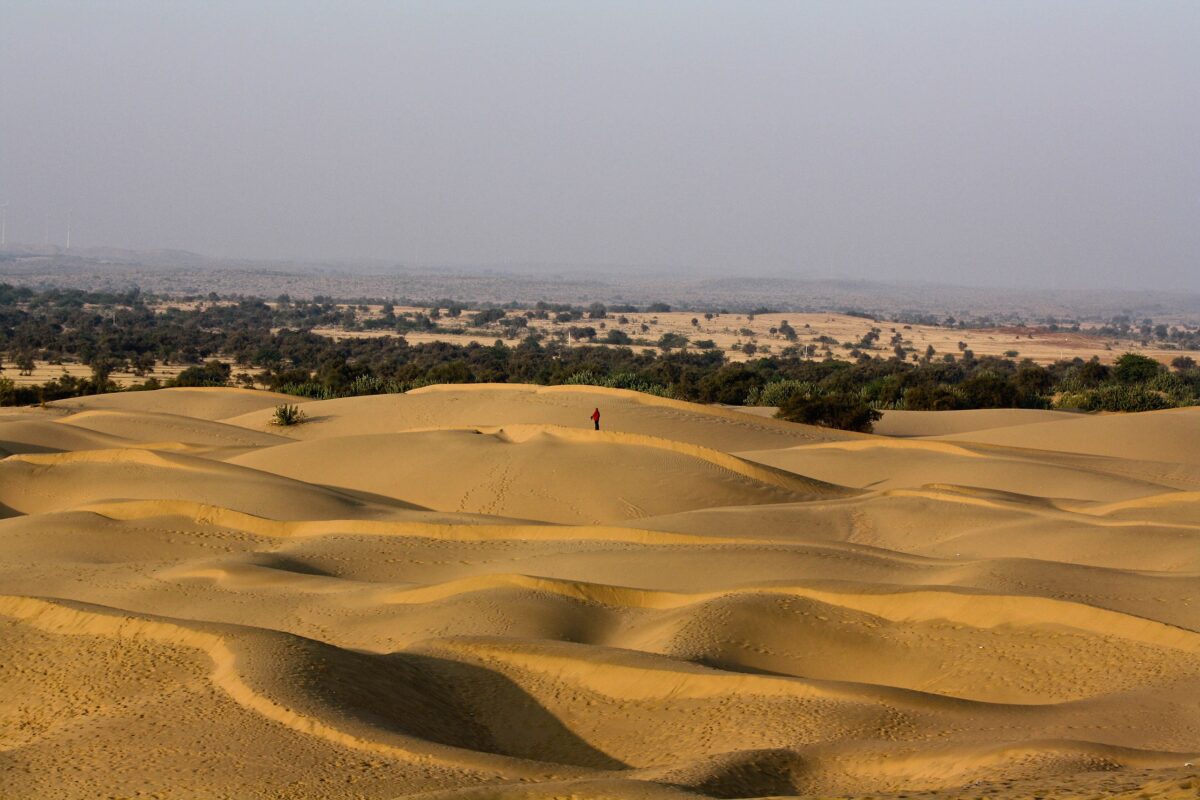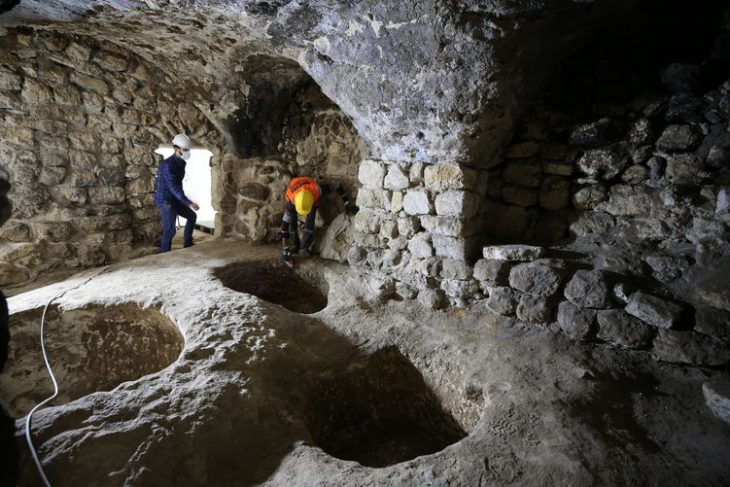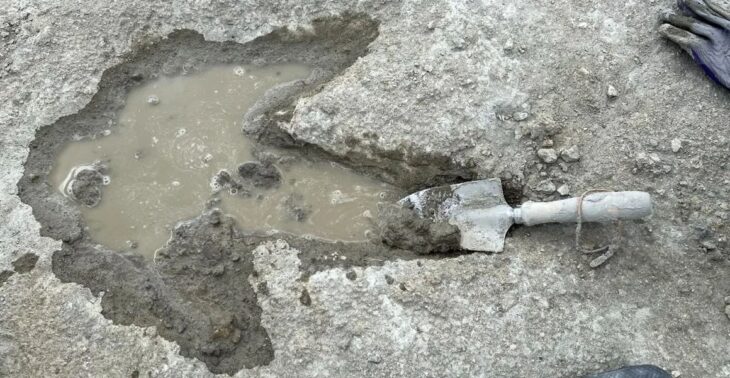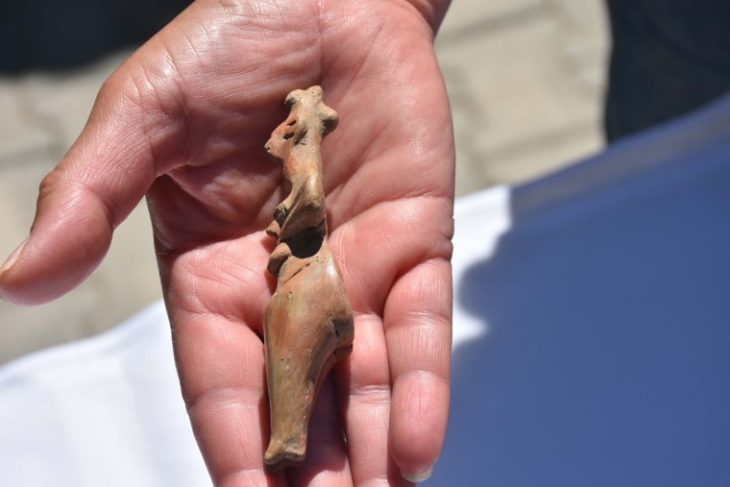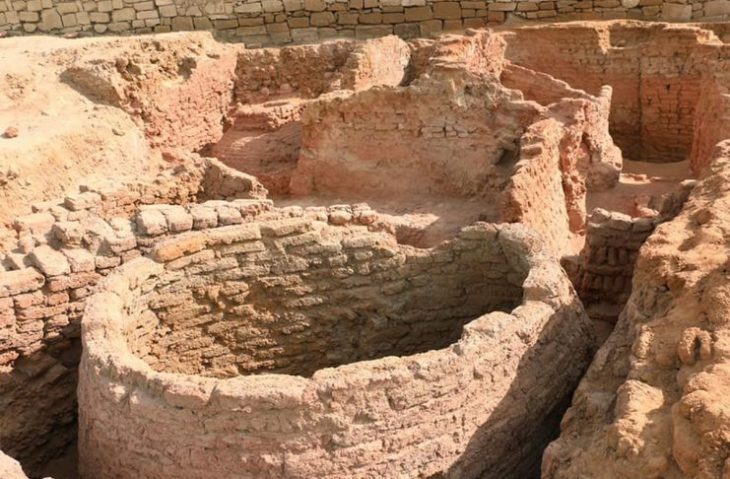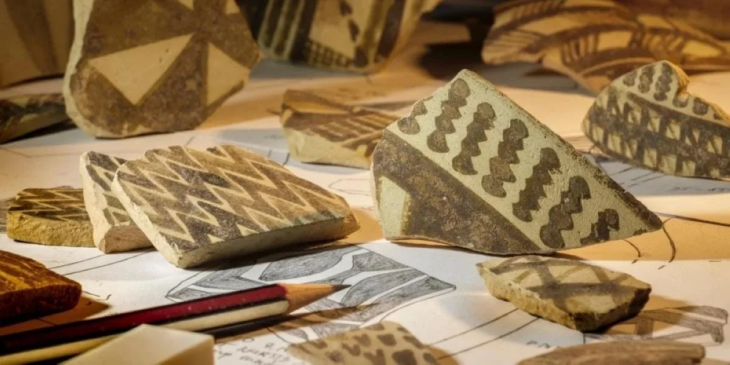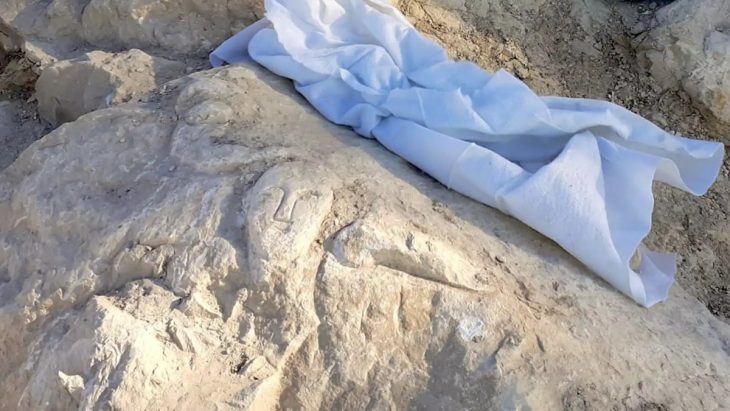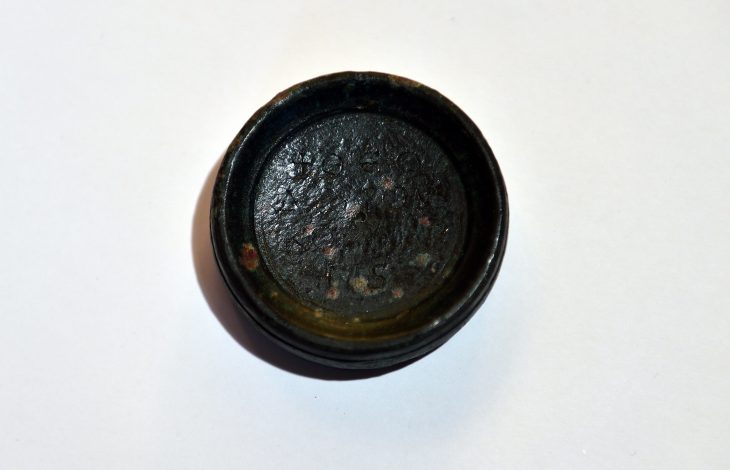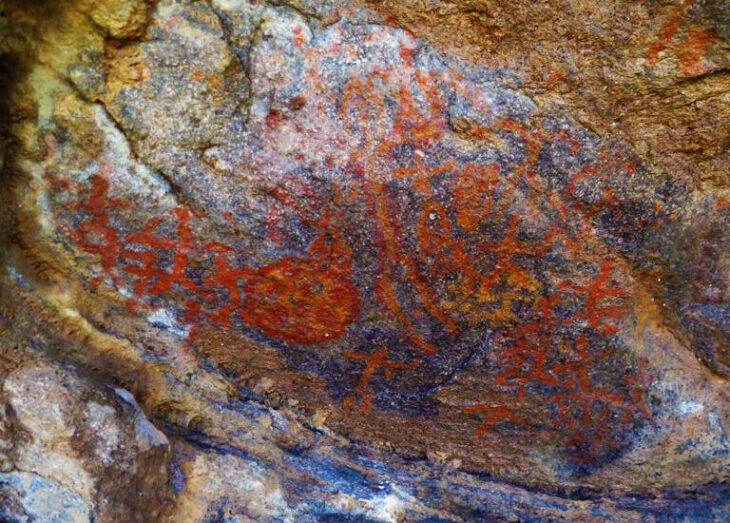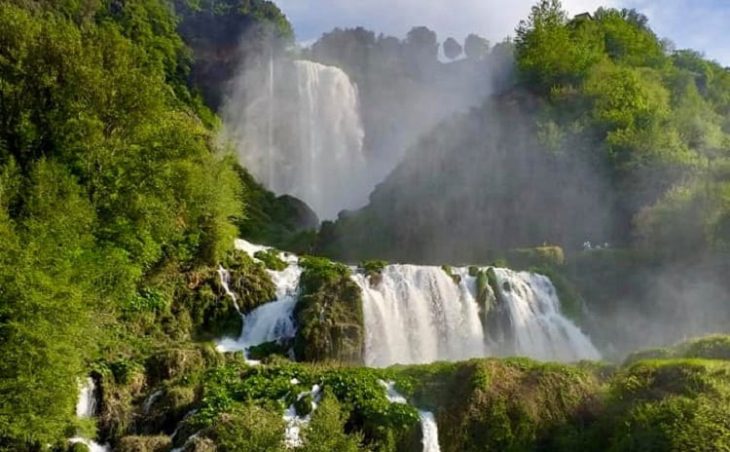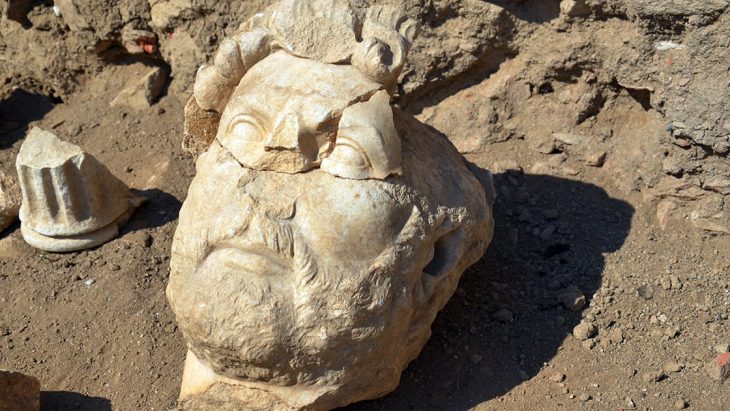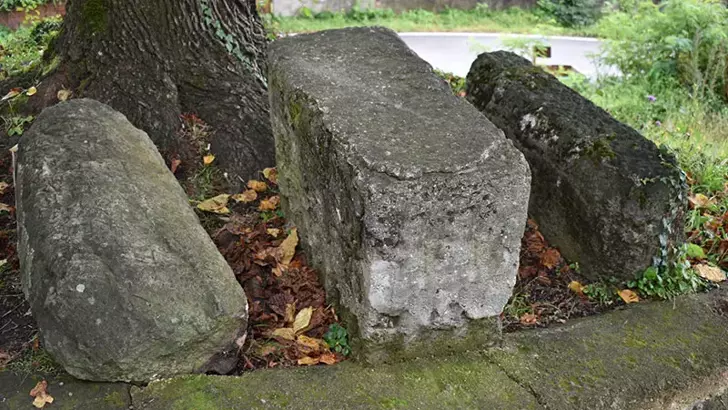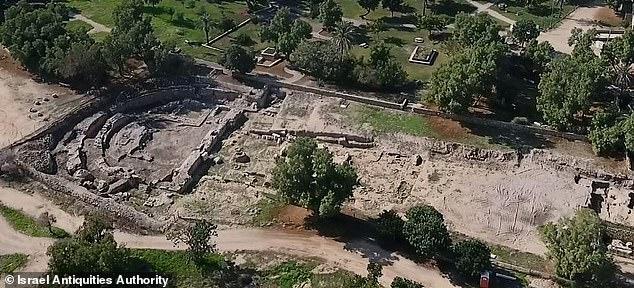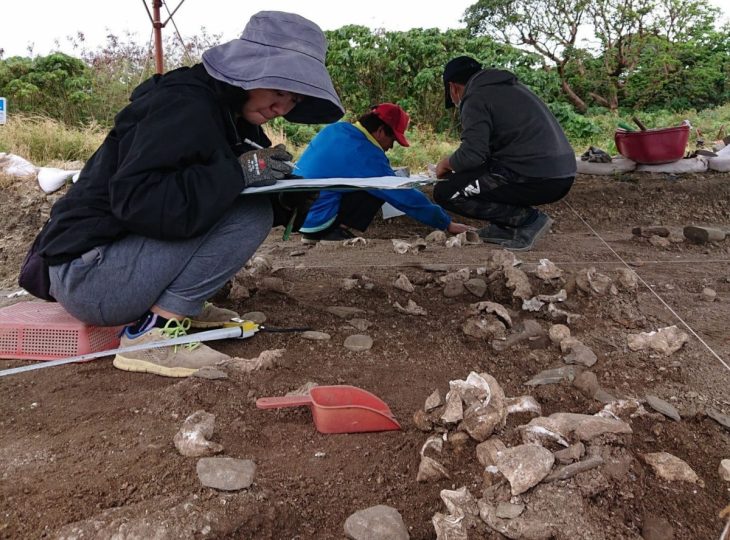Archaeologists uncover the first-ever Harappan site in Rajasthan’s Thar Desert near the Pakistan border, expanding the known geographical reach of the Indus Valley Civilization.
In a groundbreaking archaeological discovery, researchers have uncovered the first confirmed Harappan settlement in the Thar Desert of Rajasthan, offering unprecedented insight into the Indus Valley Civilization’s expansion into India’s arid western frontier.
The site, known as Ratadia Ri Deri, lies roughly 60 km from Ramgarh tehsil in Jaisalmer district and only 17 km from the India-Pakistan border. This marks the first recorded evidence of a Harappan presence in this remote desert region, historically thought to be outside the civilization’s known boundaries.
A Collaborative Scientific Effort
The excavation was led by a team of experts including Dilip Kumar Saini from Rajasthan University, Professor Jeevan Singh Kharkwal of Rajasthan Vidyapeeth, and historian Parth Jagani, with crucial support from Dr. Tamegh Panwar, Dr. Ravindra Devda, and local contributors Pradeep Kumar Garg and Chatar Singh ‘Jam’.
Initial clues emerged when Pradeep Kumar Garg, a local schoolteacher, reported unusual pottery shards to the Save Our Heritage Foundation, prompting formal archaeological investigation.
📣 Our WhatsApp channel is now LIVE! Stay up-to-date with the latest news and updates, just click here to follow us on WhatsApp and never miss a thing!!
Artefacts Reveal Sophisticated Urban Life
Among the artefacts unearthed were: Red and wheat-colored pottery, including bowls, pitchers, and perforated jars
Handmade pottery adorned with geometric patterns
Chert stone blades (8–10 cm), likely sourced from Rohri, Pakistan
Bangles made of clay and conch shells
Terracotta cakes in triangular, circular, and idli-like forms
Stone mills, wedge-shaped and standard rectangular Harappan bricks
A furnace with a central column, resembling structures in Kanmer (Gujarat) and Mohenjo-daro (Pakistan)
The findings indicate a planned settlement with socio-economic complexity, mirroring features of urban Harappan centers.
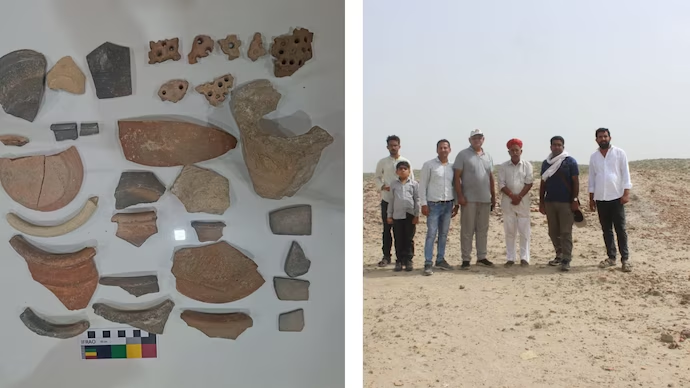
Historic Implications for Harappan Geography
Experts believe the site, likely dating between 2600 BCE and 1900 BCE, serves as a vital link between northern Rajasthan and Gujarat, reshaping assumptions about the geographical scope of the Indus Valley Civilization. The presence of sophisticated construction in such a harsh, arid zone suggests the Harappans were capable of adapting to desert environments, possibly leveraging trade routes and natural resources along the now-extinct Saraswati River.
“This is a historic breakthrough in Rajasthan’s desert archaeology,” said researcher Dilip Kumar Saini. “The discovery of a Harappan settlement in this barren landscape underscores the civilization’s adaptive resilience and reach.”
Historian Parth Jagani added, “This is the first urban Harappan settlement found in the desert belt between North Rajasthan and Gujarat. Its proximity to the Pakistan border adds another layer of strategic and cultural significance.”
Global Impact and Ongoing Research
The research team has submitted their findings to both the Indian Journal of Science and a prominent international peer-reviewed journal. If accepted, the site is expected to gain global attention as a key node in the broader Harappan cultural and economic network.
According to Dr. Jeevan Singh Kharkwal, “This discovery bridges a major archaeological gap, demonstrating how rural Harappan sites supported broader trade and production networks across diverse environments.”
As excavations continue, this remarkable site offers a new lens into the Harappan civilization’s rural-urban dynamics, environmental adaptation strategies, and cross-regional connectivity. More settlements may yet lie buried beneath the shifting sands of Rajasthan, awaiting rediscovery.

